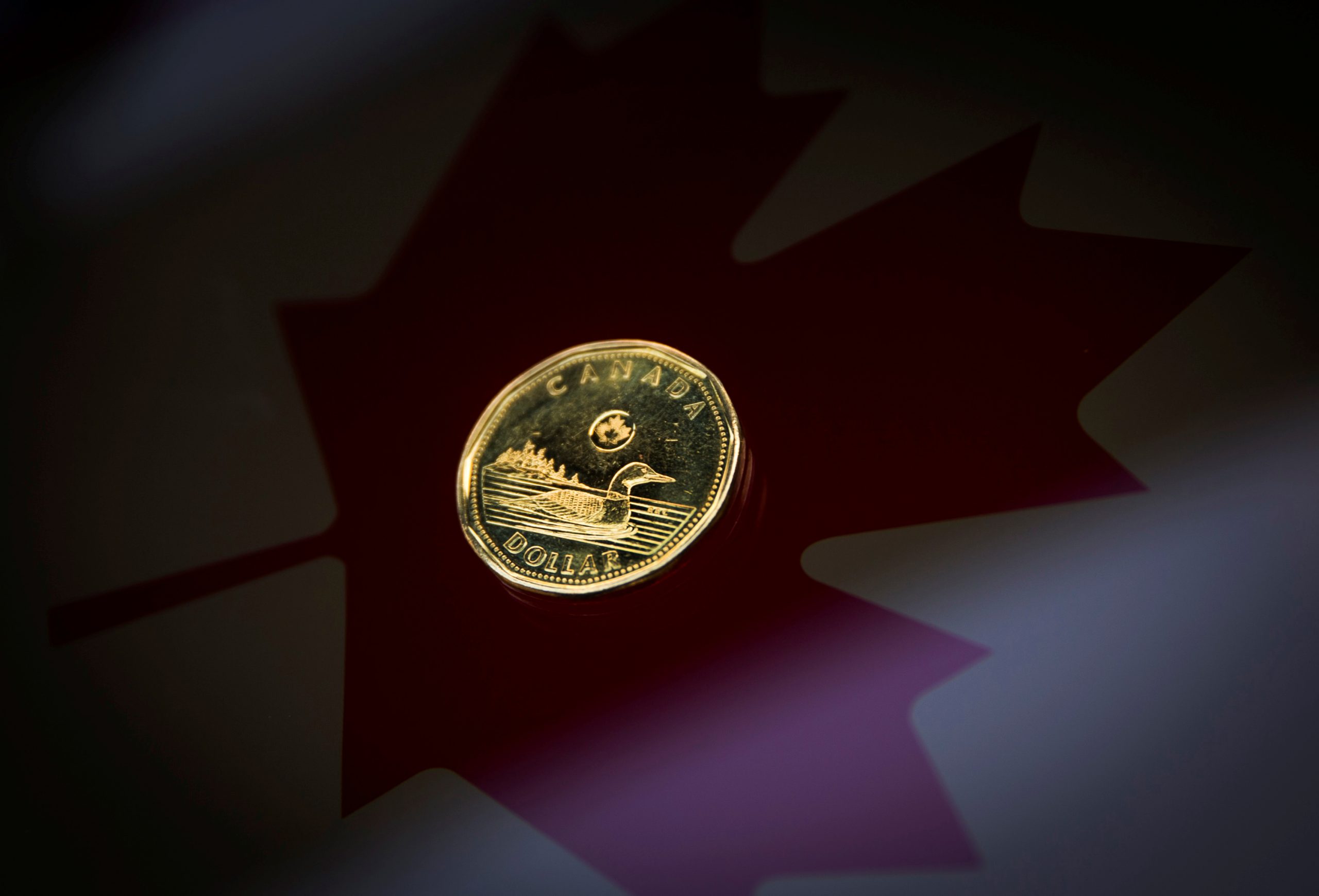The Canadian dollar strengthened against its U.S. counterpart and all the other G10 currencies on Wednesday as oil prices rose and investors bet that the Bank of Canada would be more sensitive to rising inflation than the Federal Reserve.
U.S. consumer prices increased by the most in nearly 12 years in April as booming demand amid a reopening economy pushed against supply constraints.
“Higher inflation in the U.S. will spillover into Canada‘s economy and place upwards pressure on Canadian CPI,” said Simon Harvey, senior FX market analyst for Monex Europe and Monex Canada.
The Bank of Canada is likely to be “much more sensitive” to rising inflation than the Fed, Harvey said.
Last August, the Fed shifted to a new monetary policy strategy, putting new weight on bolstering the U.S. labor market and less on worries about too-high inflation.
The Bank of Canada last month changed its guidance to show it could start raising its benchmark interest rate from a record low of 0.25% in late 2022. It also tapered its bond purchases, becoming the first major central bank to cut back on pandemic-era money-printing stimulus programs.
The Canadian dollar was trading 0.3% higher at 1.2063 to the greenback, or 82.90 U.S. cents, the biggest gain among G10 currencies. It touched its strongest intraday level since May 2015 at 1.2046.
One of the major causes of inflation has been higher prices of some of the commodities that Canada produces, including oil.
U.S. crude oil futures were up 1.7% at $66.40 a barrel on signs of a speedy economic recovery and upbeat forecasts for energy demand.
Canadian government bond yields were higher across the curve, tracking the move in U.S. Treasuries. The 10-year touched its highest since April 29 at 1.587% before dipping to 1.581%, up 4.2 basis points on the day.
(Reporting by Fergal Smith; Editing by Andrea Ricci)
Related

































